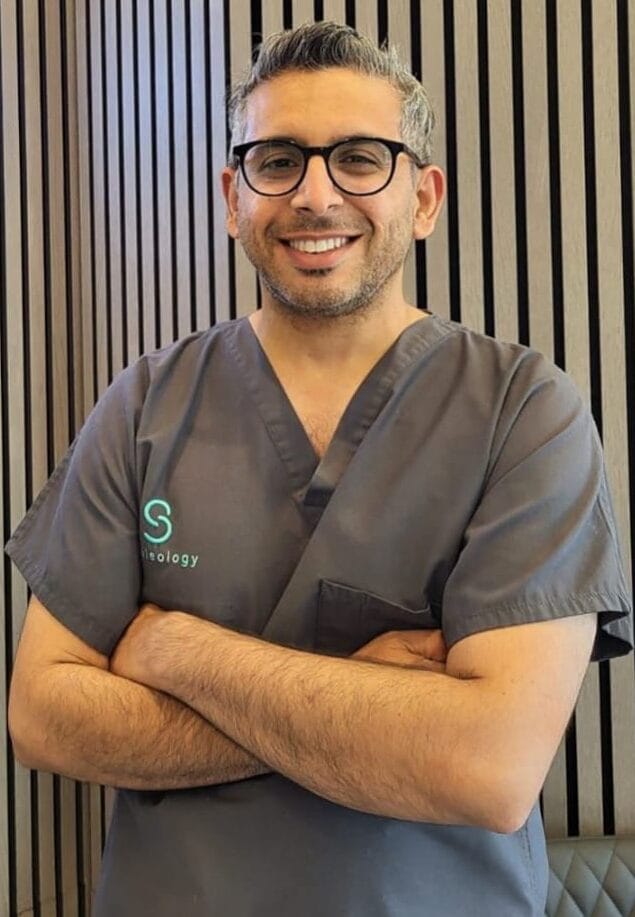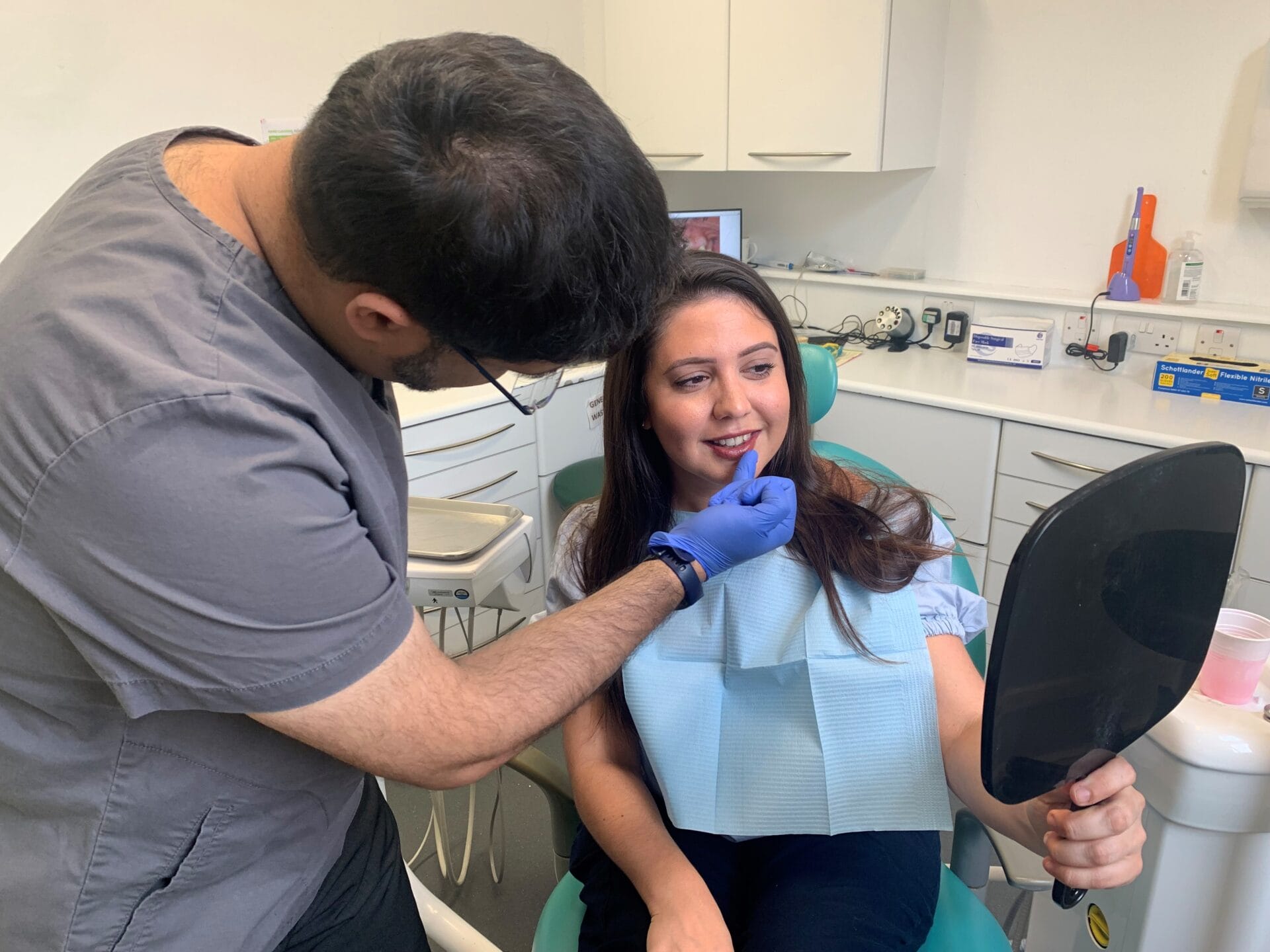Achieve a Long Lasting Smile: Dental Implants Kent Solutions
Achieve a Long Lasting Smile: Dental Implants Kent Solutions
Blog Article
Experience the most up to date Technologies in Oral Implants Innovation
As the field of dentistry continues to progress, the innovations in dental implant technology have actually been nothing brief of amazing. The integration of modern technology is revolutionizing the functionality of dental implants, promising boosted results and person satisfaction.
Advanced Materials for Enhanced Longevity
In the realm of dental implants modern technology, the assimilation of advanced products has considerably contributed to improving toughness and longevity of these critical oral prosthetics. The application of products such as titanium alloys, zirconia, and ceramic substances has changed the area by offering boosted stamina, biocompatibility, and resistance to deterioration.
Titanium alloys are commonly utilized in dental implants due to their exceptional strength-to-weight ratio, deterioration resistance, and compatibility with the human body. These alloys make sure the security and longevity of the implant by withstanding the pressures exerted during speaking and chewing, supplying a reliable solution for clients looking for resilient tooth substitutes.
Zirconia, a kind of ceramic material, has gotten popularity for its biocompatibility and all-natural tooth-like look. Its high strength and resistance to use make it a suitable selection for dental crowns and bridges, boosting the overall visual appeals and capability of the dental implant.

Digital Imaging for Exact Placement
The development of dental implants technology has better progressed with the combination of digital imaging strategies, making sure exact positioning of these prosthetics for optimal practical and visual results. Digital imaging plays a critical duty in the preparation and placement of oral implants by providing in-depth 3D pictures of the patient's jawbone framework. This technology permits dental practitioners to examine bone thickness, situate vital frameworks, and intend the exact setting and angle for implant placement with unequaled precision.
By utilizing digital imaging, dentists can develop online surgical overviews that work as a roadmap during the dental implant positioning treatment. These guides are personalized for each and every individual, taking right into account their one-of-a-kind anatomy and the desired end result. This degree of accuracy not just enhances the success price of oral implant treatments yet also lowers the risk of difficulties.
Additionally, digital imaging makes it possible for dentists to visualize the final prosthetic restoration prior to the real positioning of implants, permitting precise preparation and making certain that the outcome meets the individual's visual assumptions. Overall, the assimilation of electronic imaging innovation has actually revolutionized the area of oral implants, offering individuals a more foreseeable, effective, and patient-specific therapy strategy.

Minimally Intrusive Surgical Strategies


Innovations in surgical methods have brought about the development of minimally invasive methods in the area of dental implantology. These strategies aim to lower injury to the individual, shorten healing times, and boost overall therapy outcomes. Minimally intrusive surgeries include smaller incisions, specialized tools, and advanced imaging innovations to specifically position oral implants with marginal disruption to surrounding tissues.
One secret facet of minimally intrusive techniques is making use of directed surgery, where 3D imaging and computer-aided design software program are employed to plan the implant positioning with terrific precision. This allows for an extra predictable result and can commonly eliminate the need for comprehensive flap surgical treatment.
In addition, improvements in products and implant style have actually additionally added to the success of minimally intrusive methods. Implants with enhanced surface area homes promote faster osseointegration, lowering the healing time Get the facts needed prior to the prosthetic remediation can be positioned.
3D Printing for Personalized Solutions
Using 3D printing modern technology in dental implantology enables the creation of extremely personalized solutions tailored to individual patient demands and anatomical variations. This innovative technology allows oral experts to design and make oral implants with exceptional precision and accuracy. By making use of electronic imaging techniques, such as cone beam of light calculated tomography (CBCT), detailed 3D designs of the person's dental dental caries can be produced to lead the implant preparing procedure.
Among the vital benefits of 3D printing in oral implantology is the ability to produce patient-specific implants that completely fit the one-of-a-kind anatomy of each person. This personalized strategy helps boost the total success and durability of the dental see it here implant by making certain optimum fit and placement. Additionally, 3D printing allows for the production of complex geometries and intricate frameworks that would be tough or impossible to attain using conventional manufacturing methods.
Furthermore, 3D printing modern technology makes it possible for dental professionals to improve the implantation process, reducing surgical procedure time and boosting general person experience. With its capacity to create personalized remedies quickly and successfully, 3D printing is reinventing the area of oral implantology, offering patients cutting-edge therapy alternatives and boosted outcomes.
Integrated Technology for Improved Functionality
Implementing advanced technology in dental implantology improves functionality and accuracy, boosting the requirement of take care of clients undergoing dental implant treatments. Integrated innovation plays a vital duty in boosting the overall success and durability of oral implants. One vital innovation is the combination of digital scanning and imaging modern technologies, such as cone-beam calculated tomography (CBCT) and intraoral scanners. These tools permit thorough 3D imaging of the patient's oral frameworks, helping with exact treatment preparation and implant placement.
Additionally, the integration of computer-aided layout and computer-aided manufacturing (CAD/CAM) modern technology allows the production of personalized implant remediations with exceptional accuracy. CAD/CAM systems make use of digital impacts to design prosthetics that perfectly fit the patient's unique composition, guaranteeing optimum convenience and functionality. In addition, the use of robotic-assisted surgery in dental implant positioning boosts accuracy and minimizes the threat of human mistake.
Conclusion
Finally, the most current developments in oral implants innovation offer improved discover this resilience through innovative materials, precise positioning with electronic imaging, minimally intrusive surgical techniques, personalized options with 3D printing, and improved functionality with incorporated innovation - Dental implants Kent. These developments in oral implants modern technology are changing the area and offering individuals with even more reliable and efficient treatment alternatives for restoring their smiles and oral health and wellness
The assimilation of modern technology is reinventing the functionality of oral implants, guaranteeing enhanced results and client fulfillment.
The advancement of oral implants innovation has actually further advanced with the integration of electronic imaging methods, making sure precise positioning of these prosthetics for optimal functional and visual outcomes. Minimally intrusive surgical treatments include smaller lacerations, specialized instruments, and progressed imaging technologies to precisely place dental implants with marginal disturbance to surrounding cells.
Carrying out innovative modern technology in dental implantology boosts functionality and precision, elevating the standard of treatment for individuals undertaking implant treatments. Dental implants Kent. Integrated modern technology plays a vital duty in improving the overall success and toughness of dental implants
Report this page